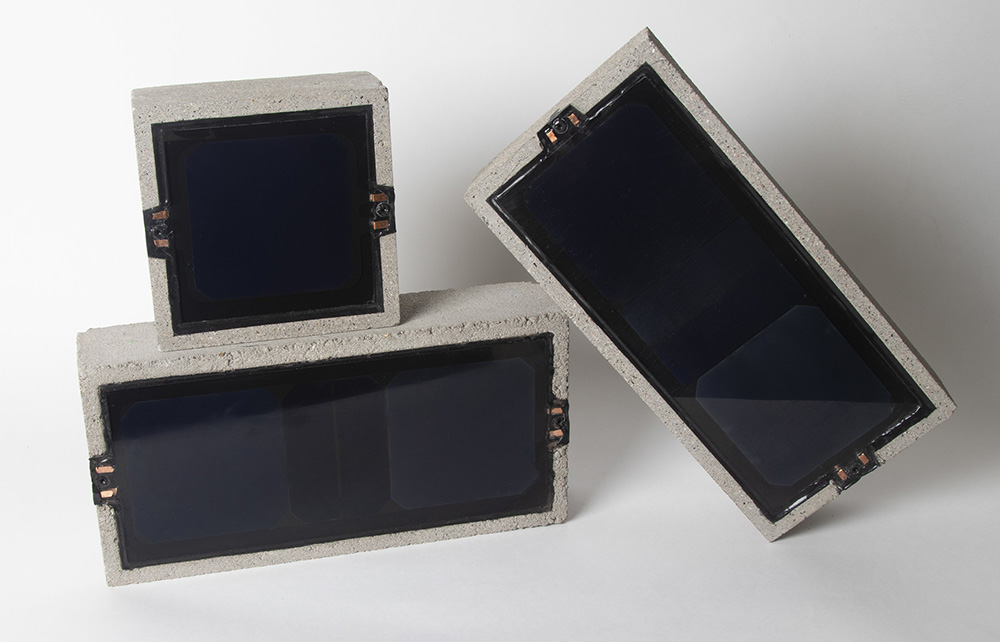News: Green Buildings
Posted: January 24, 2013
Skanska USAs 68,000 s/f Laurel Hall at UConn receives Gold LEED Certification
Laurel Hall at the University of Conn., the new classroom building that opened in 2011 in the center of the campus, has received LEED Gold Certification. Skanska USA Building Inc. was the general contractor, and Leers Weinzapfel Associates Architects served as the project architect and engineer. The 68,000 s/f Laurel Hall includes 17 36-seat or 70-seat classrooms, with state-of-the-art audio visual systems, one 400-seat and one 200-seat auditorium. Slate flooring was used throughout the building, and all the millwork was produced using bamboo, a renewable material. The exterior veneer of the building was constructed using brick and vertical-seam copper. The building also has a 6,500 s/f green roof. A bioswale as well as permeable pavers help improve stormwater runoff by removing silt and pollution from it. In addition, 32% of the building materials were extracted within 500 miles of the project site, and 23% of the building material content was manufactured using recycled materials. The project team diverted 884 tons of construction waste from landfills. Laurel Hall was designed to include features such as energy-saving window glazing, low-flow valves and faucets, high-performance insulation, and use of rapidly renewable materials such as bamboo, recycled copper, and other “green” materials. It also has indoor air quality controls, drought-resistant and adaptable plantings, water-efficient bathroom fixtures, and a feature known as a “green roof” in which vegetation covering the roof reduces stormwater runoff and helps cut down on heating and cooling costs. The certification is the highest achieved so far for a building at UConn, which has been following LEED “green” standards for all new construction design and renovation projects since adopting a policy in 2007 for sustainable methods in all major projects. LEED-certified buildings are designed with methods to reduce operating costs, conserve energy and water, cut down on waste sent to landfills, reduce harmful greenhouse gas emissions, and ensure a healthy working environment for occupants. The U.S. Green Building Council confers the certification after a review process. “Achieving our first LEED Gold Certified new building at UConn, especially combined with our progress over the past few years retrofitting existing buildings to make them more energy- and water-efficient, shows a strong institutional commitment not only to conserving natural resources but also to providing high-performance buildings for educating our students,” sayid Rich Miller, UConn’s director of environmental policy. “There’s no better way than green, resource-efficient buildings to reduce the University’s carbon footprint,” says Miller, “and our sustainable design and construction policy is another important reason that UConn was ranked by the Sierra Club among the top five greenest colleges in the nation last year. “Laurel Hall’s LEED Gold certification demonstrates tremendous green building leadership,” says Al Gogolin, senior vice president who oversees Skanska USA Building’s Connecticut operations. “Reaching this distinguished status is a true testament to the hard work and collaboration of the team who worked on this project, including our partners – the campus officials, planners, designers, and architect,” Gogolin says. “Constructing energy-efficient, highly sustainable buildings is part of Skanska’s DNA, and we couldn’t be more proud to have helped one of the nation’s leading institutions achieve this excellent recognition.” UConn also holds silver certification on two buildings on the Storrs campus: the Charles B. Gentry Building, and the Burton Family Football Complex & Mark R. Shenkman Training Center. That complex was the first athletic facility in the NCAA to receive silver certification. Several other UConn projects also have been registered with LEED for consideration for certification. They include Oak Hall, which opened in 2012 adjacent to Laurel and is built to standards intended to place it in contention for LEED Gold Certification, as well McMahon’s newly renovated dining facility, which opened last fall and is also built to those same Gold standards. Other new or renovated sites registered to be considered for LEED certification include the Carolyn Ladd Widmer Wing of Storrs Hall, the Wilfred B. Young Building, the Bousfield Psychology Building, the Torrey Life Sciences Building, and the Student Center at the Avery Point campus. Another future project, the UConn Basketball Development Center, also has been registered for consideration based on its design, which includes a broad variety of “green” features. Groundbreaking on that structure is expected this spring. The U.S. Green Building Council’s review process takes about 12 to 18 months from the time that a building project is completed, so UConn will hear sooner about certification on already-occupied structures than those still under construction or design.
Tags:
Green Buildings
MORE FROM Green Buildings
Bridgeport implements energy efficiency plan with utility partners and regional business council
Bridgeport, CT The flurry of economic development and urban revitalization across the city has cultivated a renewed interest in updating municipal, residential and commercial properties to be more efficient and sustainable. Since 2018, city officials have partnered




.png)
